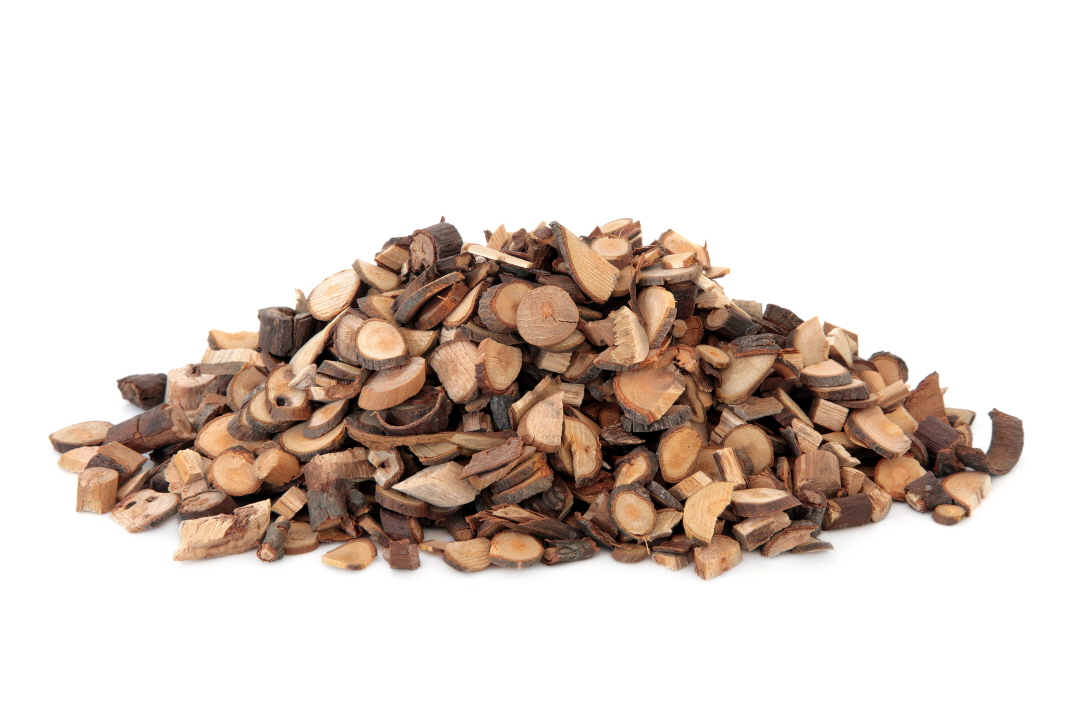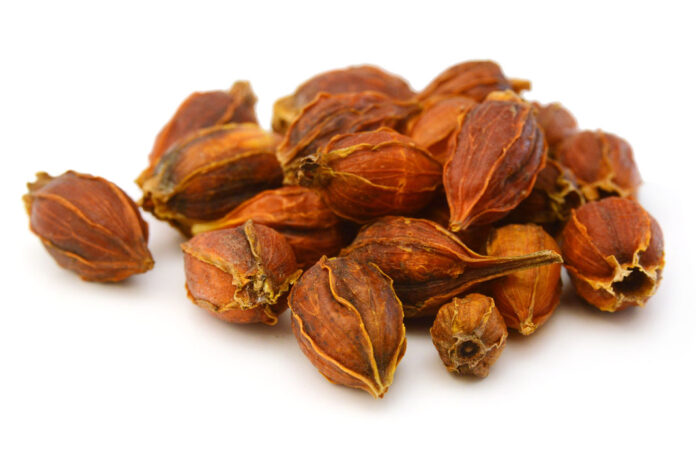By Jubong Kang, K.M.D.
<1> Heart Vexation (煩燥)
- Herbs: Zhizi (梔子)
- Formulas: Zhizichi Decoction (梔子豉湯)
Sentence
After sweating is promoted, if precipitation is used and there is heat vexation and stuffiness in the chest ‘Zhizichi Decoction’ governs. Ibid Line 77, p.148, PPV
Commentary
‘Sign symptom’ of ‘Zhizi’ in ‘Zhizichi Decoction’ is ‘heat vexation and stuffiness in the chest.’ ‘’Heat vexation and stuffiness in the chest’ is connected to the syndromes of ‘excessive acid in the stomach’ and ‘counterflow of gastric acid.’ ‘Zhizi’ is available to treat ‘esophagitis.’
When a sickness is not severe and is without fever, ‘sign symptom’ of ‘Zhizi’ is ‘heat vexation’ in the absence of ‘stuffiness in the chest.’ If syndrome also presents with heavy ‘counterflow of gastritis’, then ‘stuffiness in the chest’ appears with ‘heat vexation.’
If ‘heat vexation’ is revealed in the chest, some other symptoms are usually present, such as a reddish color in a cheek and palms. In practice, an Eastern Medicine doctor needs to observe the cheek and palms of a patient to confirm the ‘sign symptom’ of ‘Zhizi’ – ‘heat vexation.’
<2> Thirsty (煩渴)
- Herbs: Shigao (石膏)
- Ex. Formulas: Bia Hu plus Renshen Decoction (白虎加人蔘湯)
Sentence
When after ‘Guizhi Decoction’ is taken and a great sweat has issued, thee is great vexation and thirst, and the disease is unresolved and the pulse is surging and large, ‘White Tiger Decoction plus Renshen (‘Bai Hu plus Renshen Decoction’) governs. Ibid. Line 26, p. 156, PPV’
Commentary
‘sign symptom’ of ‘Shigao’ is ‘great vexation and thirst’ in this sentence. In cases of high fever diseases, ‘vexation and thirst’ are shown, while in general cases with no high fever signs, ‘thirst’ or ‘great thirst’ appears without ‘vexation.’
When a patient has a fever and thirst, a suitable formula including ‘Shigao’ is used, or the doctor can choose other appropriate formulas modified by the addition of ‘Shigao.’
In ‘Shang Han Lun’, ‘Shigao’ is closely connected with the usage of ‘Fuzi’ and ‘Mahuang’ to treat ‘heat’ widely, and more details on these theories and herbs and formulas will be addressed in the next book of this series.
- Symptoms and ‘Sign Symptoms’ of Herbs
‘Sign symptom’ of an herb in “Shang Han Lun” has a potential ability to explain other symptoms of the same herb. For example, one of ‘sign symptoms’ of ‘Guizhi Decoction’ – ‘scant urination’ can interprets symptoms such as ‘neuralgia’, and ‘arm numbness’ as in the clause below. This way is able to help students to understand dynamic between ‘water’ and ‘fire’ in ‘sign symptoms.’
The following is written on the basis of “Medicine Signature” of Yoshimasu Todo, “Application to Practice of Chines Medicine” published by “Kuang Dong Ren Min Publishing Company”, and is also based on extensive practical experience.

(1) Guizhi (桂枝): pungent, sweet, warm
- Symptoms: Headache, fever, feet cold, stagnated water in the stomach, stomach pain, arm numbness, joint pain, neuralgia, sweating.
- Sign Symptoms: Headache, counterflow to the chest fullness, scant Urination.
- Mechanism:
Strengthen heart beating, warm muscles and flesh
(2) Baishaoyao (白芍藥): bitter, slightly cold
- Symptoms: Abdominal hypertonicity, feet muscle hypertonicity, abdominal pain, blood deficiency, hypertension, vertigo, sweating.
- Sign Symptoms: Abdominal hypertonicity, muscle hypertonicity.
- Mechanism: Relaxing contracted muscles and vessels, contracting sweating pore.

































